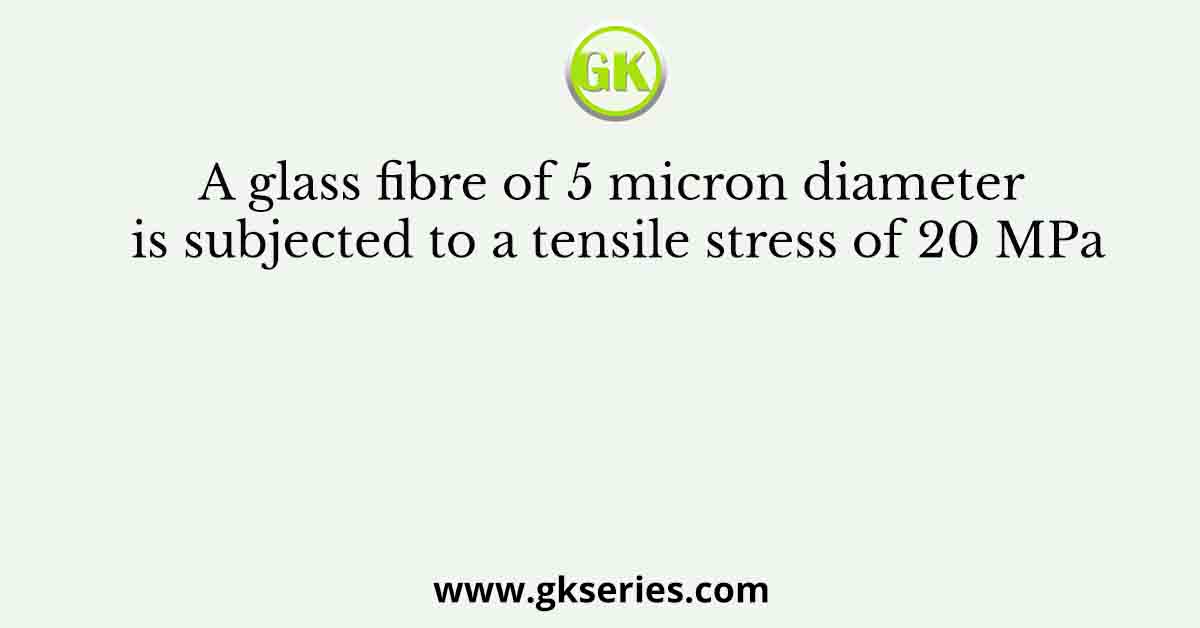
| Q. | Let 𝑈 = {1,2, … , 𝑛}. Let 𝐴 = {(𝑥, 𝑋)|𝑥 ∈ 𝑋, 𝑋 ⊆ 𝑈}. Consider the following two statements on |𝐴|. I. |𝐴| = 𝑛2𝑛−1 II. |𝐴| = ∑𝑛𝑘=1 𝑘(𝑛) Which of the above statements is/are TRUE? | |
| (A) Only I | (B) Only II | |
| (C) Both I and II | (D) Neither I nor II | |
Given, A = {(x, X)∣ x∈X, X⊆U }, where U = {1, 2, …,n}.
As we know that The number of k element subsets of a set U with n elements = nCk.
The number of possible ordered pairs (x, X) where x ∈ X is k⋅ nCk for a given value of k from 1 to n. So total number of ordered pairs in A,



![Determine the correctness (or otherwise) of the following Assertion [A] and the Reason [R]](https://www.gkseries.com/blog/wp-content/uploads/2023/10/Determine-the-correctness-or-otherwise-of-the-following-Assertion-A-and-the-Reason-R.jpg)
